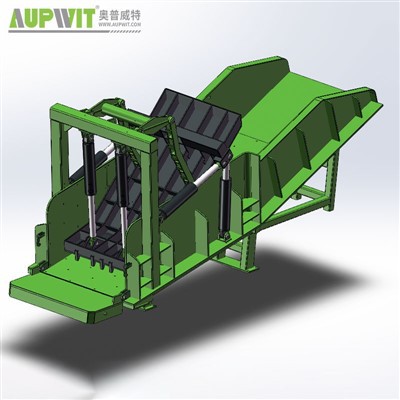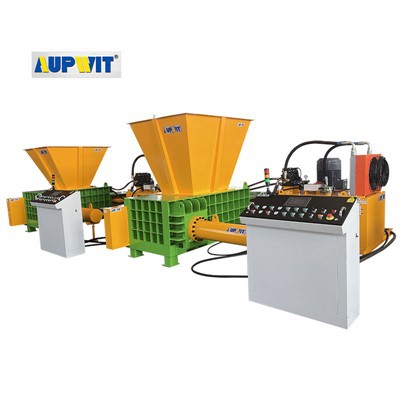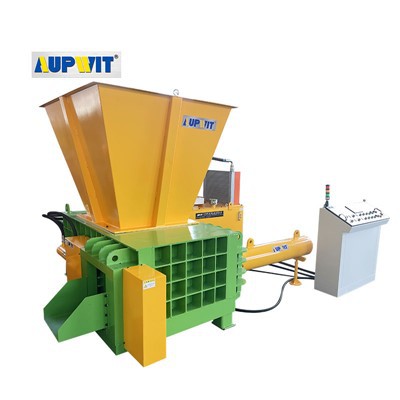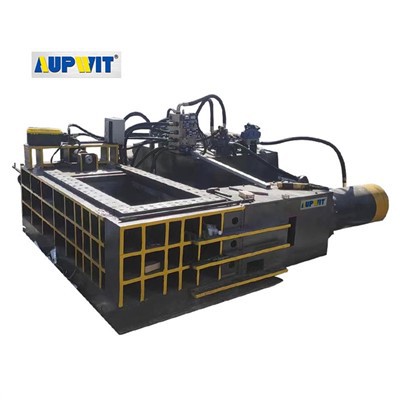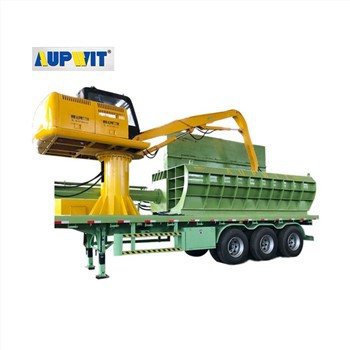Equipment Energy Optimization Guidelines
1. Optimizing Equipment Operating Parameters
- Rationally adjust compression pressure and speed based on material characteristics, avoiding excessively high pressures
- For softer materials, reduce compression strength while ensuring compaction to lower energy consumption
- Adjust compression cycle for seamless transition between feeding, compression, and strapping
- Use control system to set shutdown/sleep modes to reduce motor power during brief downtimes
2. Standardizing Material Pretreatment Processes
- Pre-treat materials to remove hard foreign matter and large impurities
- Compact loose materials before feeding to reduce initial compression energy
- Sort materials by type and bundle similar materials for uniform compression
- Avoid pressure fluctuations caused by material mixing to stabilize energy output
3. Strengthen Equipment Maintenance
- Regularly clean hydraulic system filters to prevent oil contamination
- Maintain proper lubrication of moving parts (guide rails, bearings) to reduce friction
- Promptly replace aging seals and worn parts to prevent power loss
- Inspect motors and electrical systems to ensure secure wiring and proper heat dissipation
4. Improve Operational Management
- Train operators in energy-saving techniques to avoid improper operation waste
- Establish energy consumption monitoring to record and analyze optimization opportunities
- Centralize batch processing to reduce energy loss from frequent starts/stops
- Stagger equipment usage to avoid peak electricity periods and reduce costs


